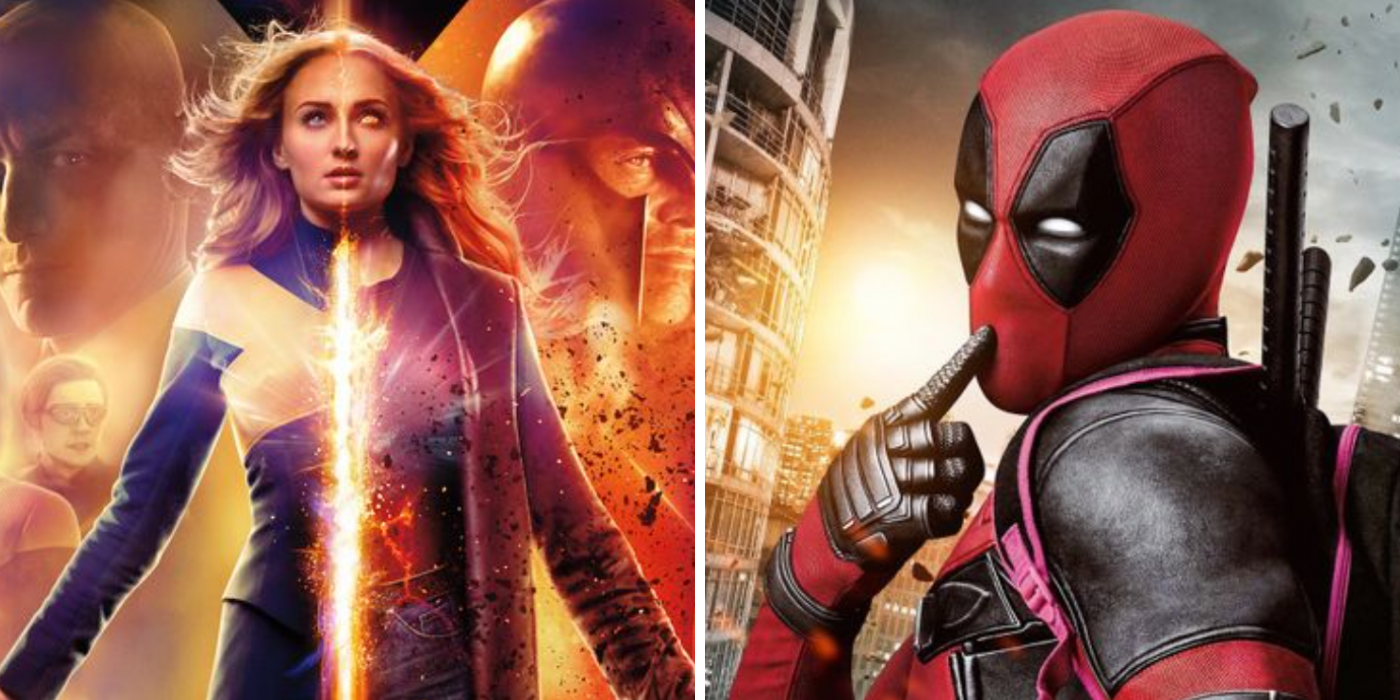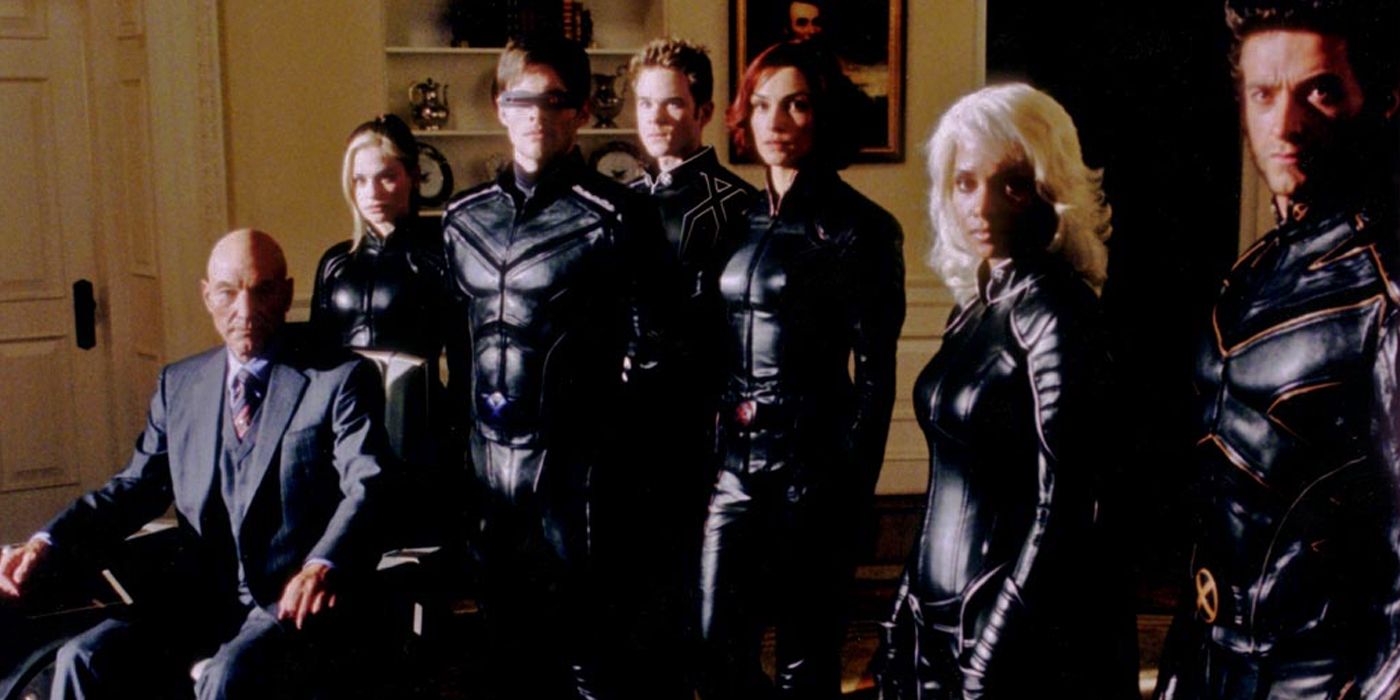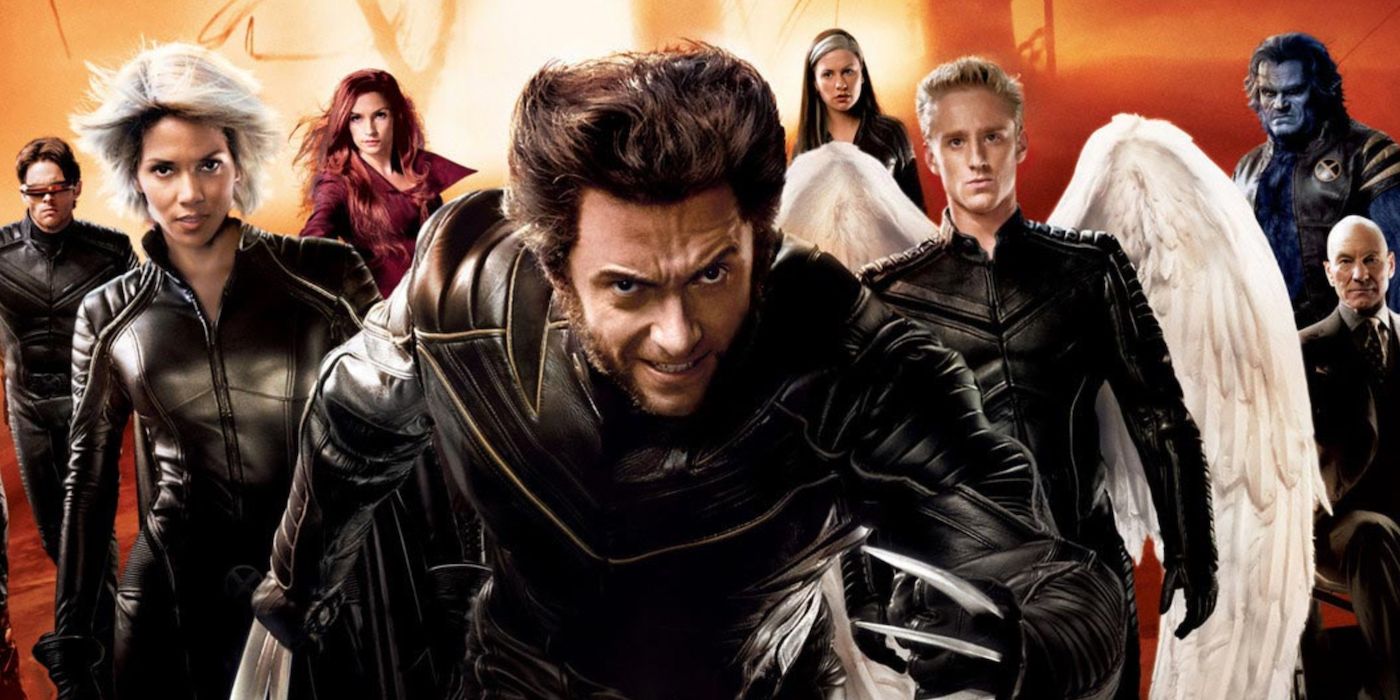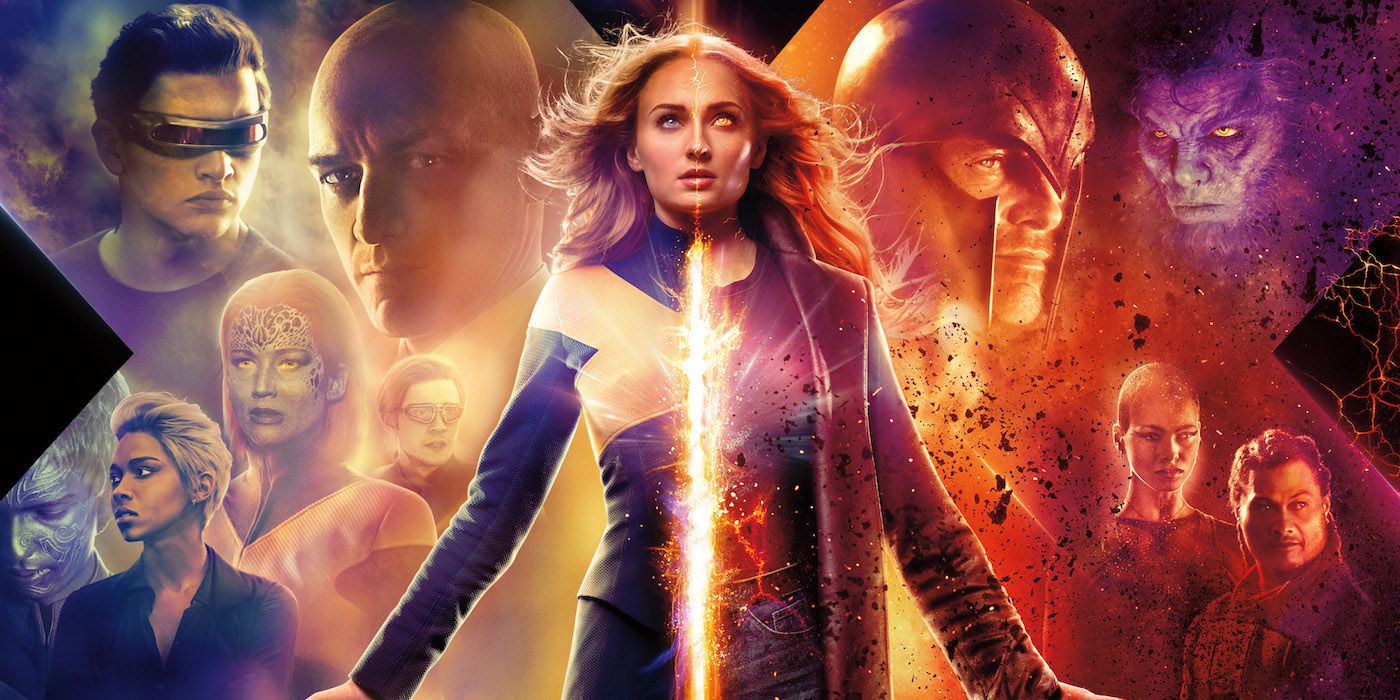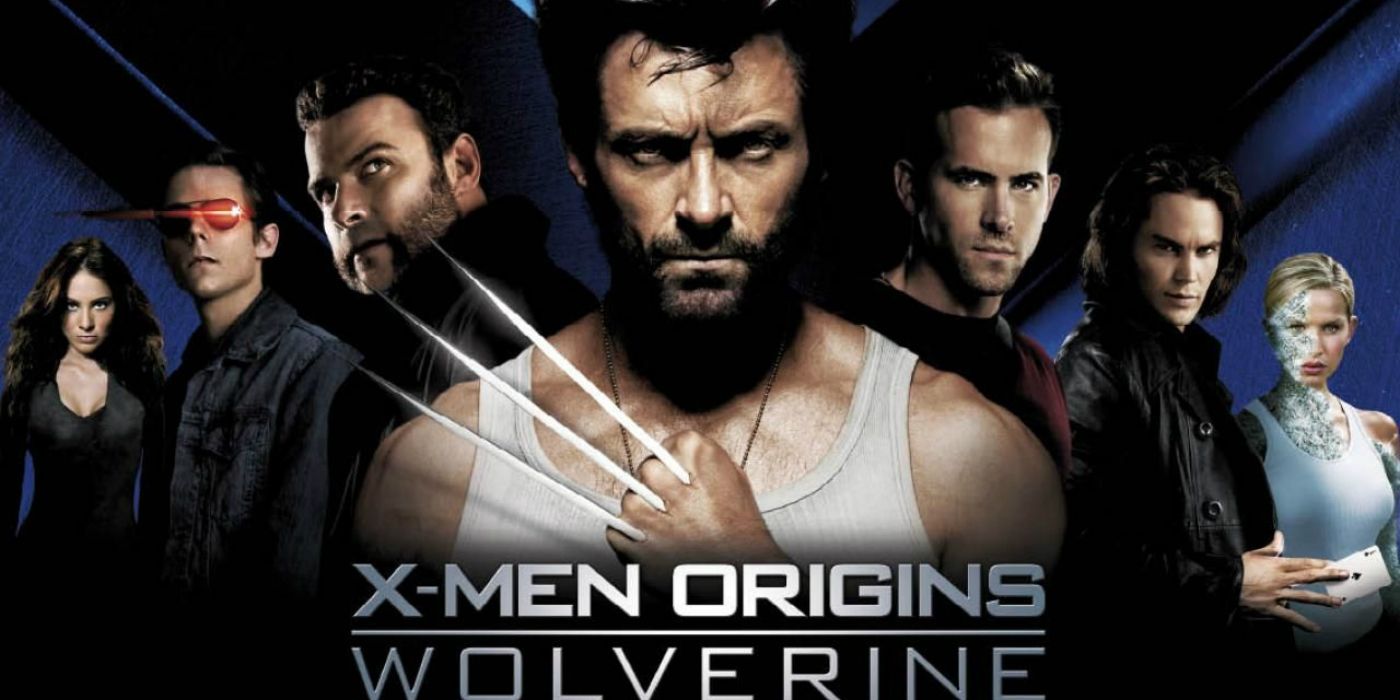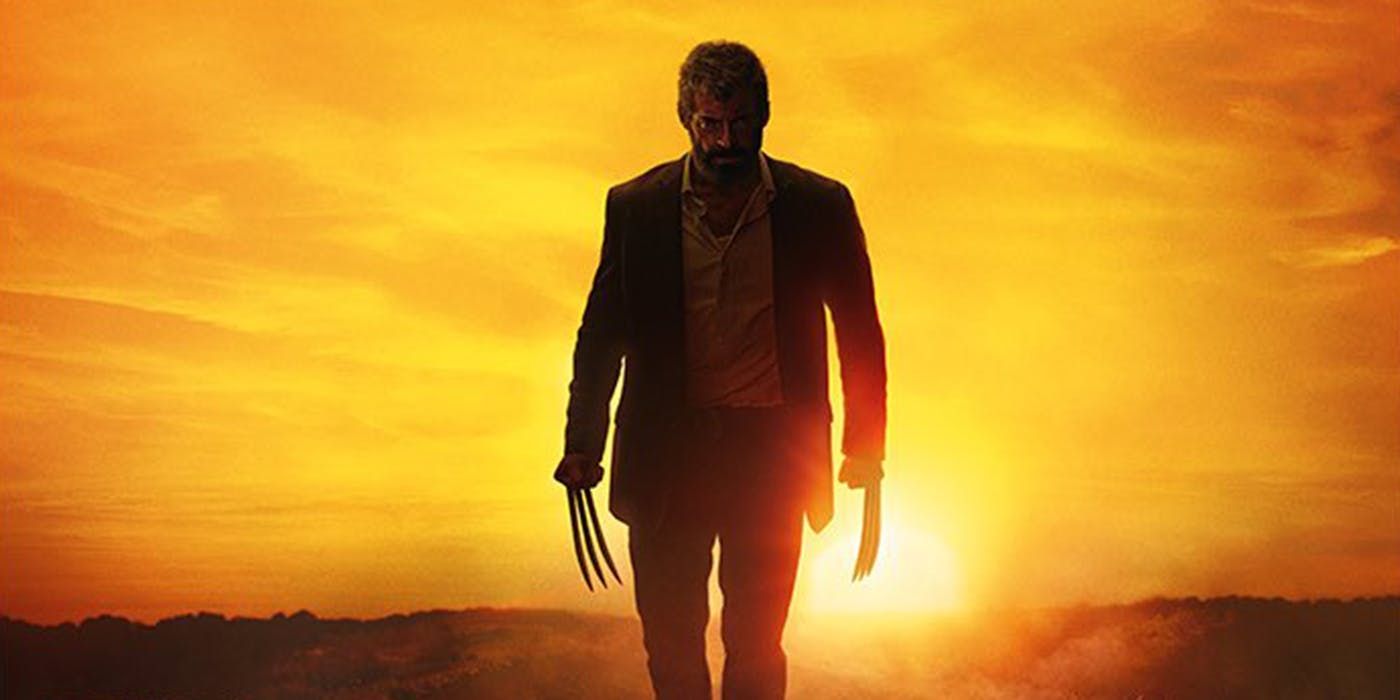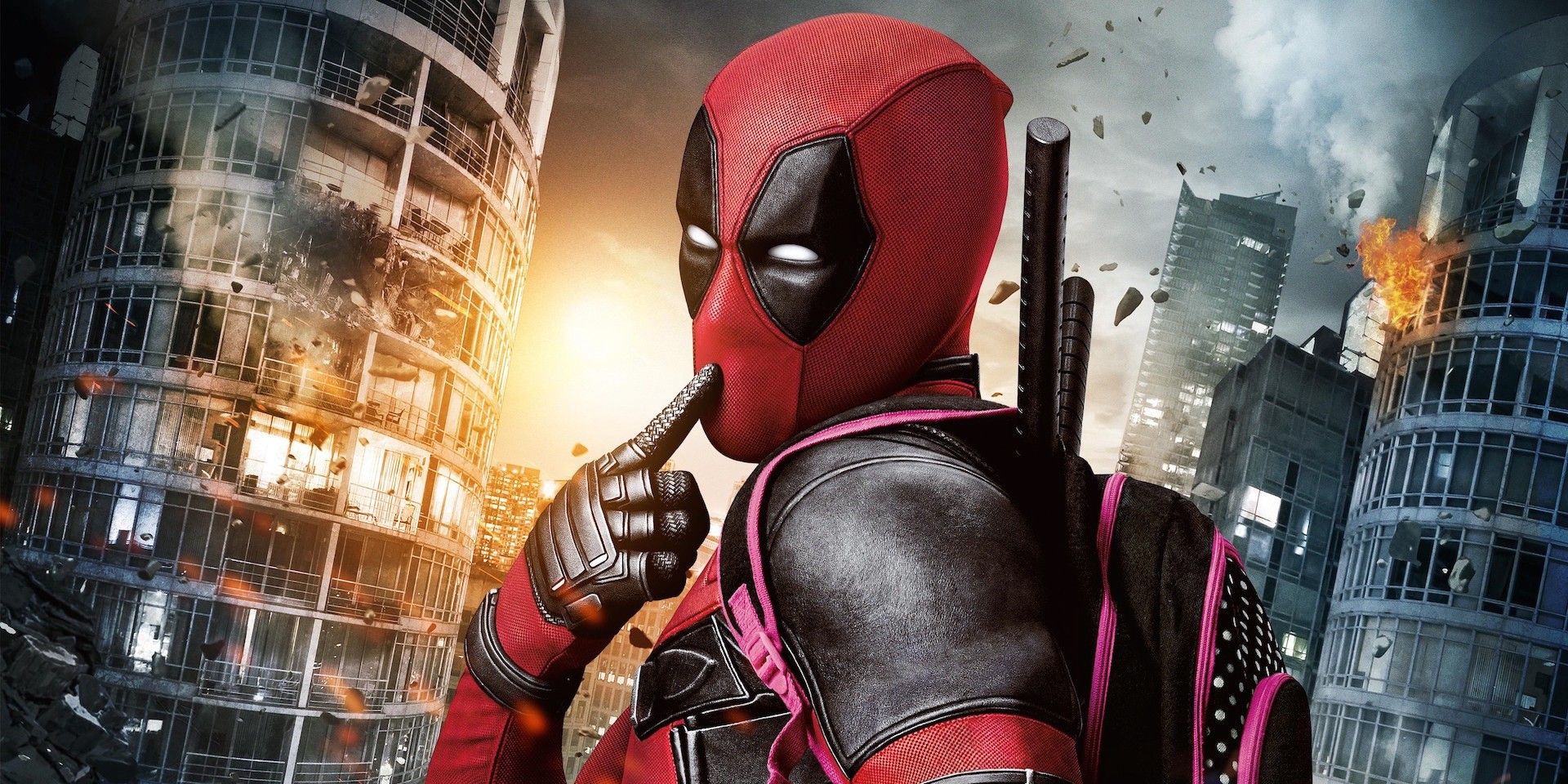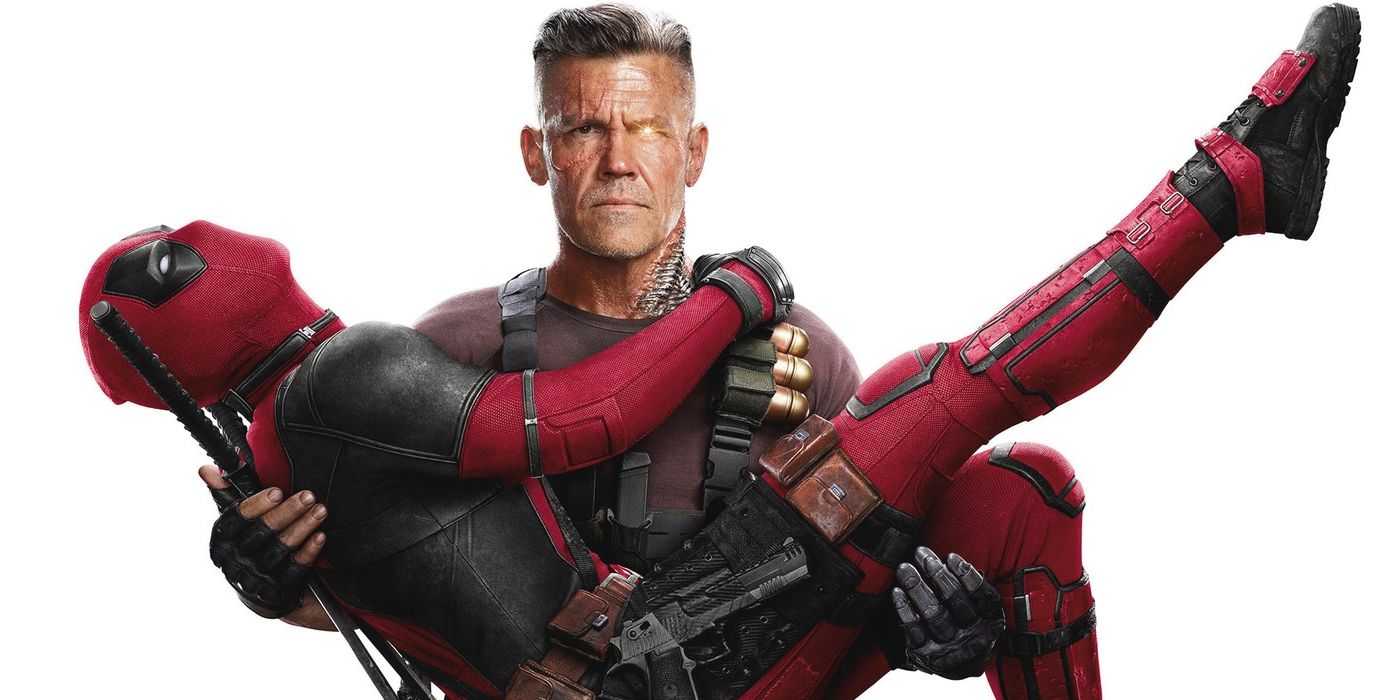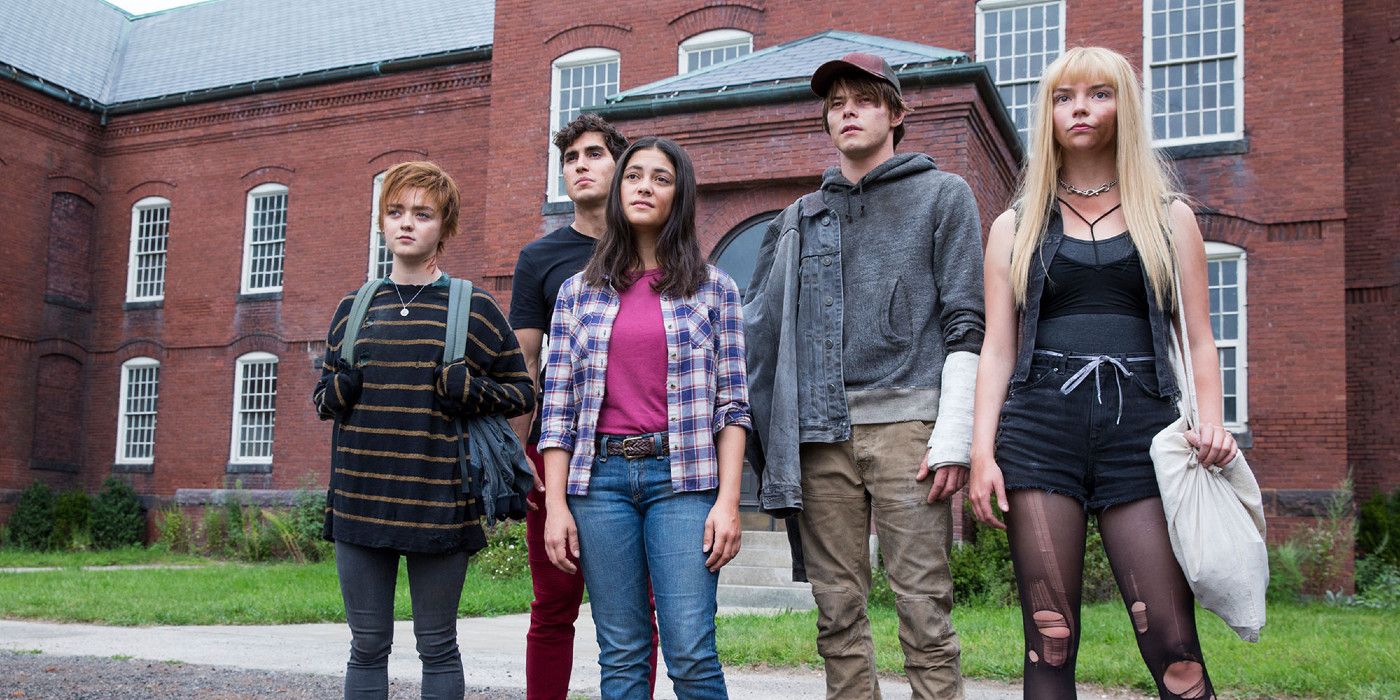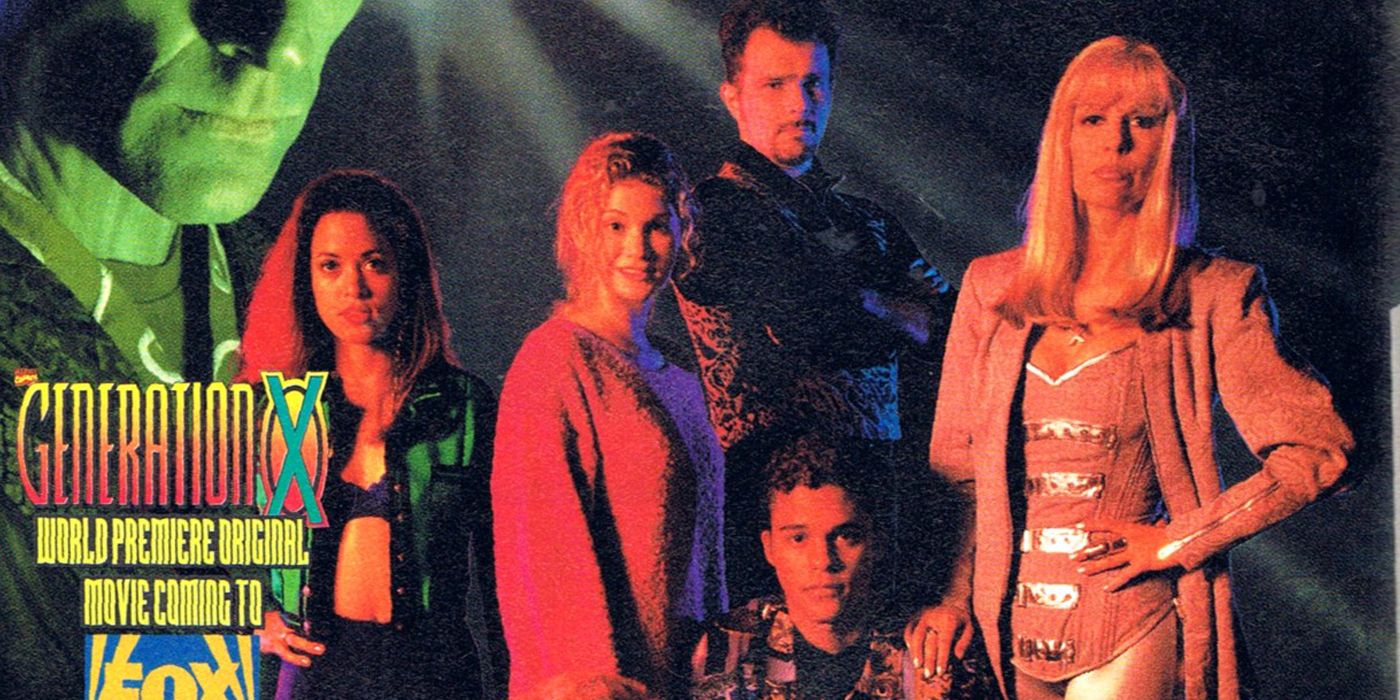Throughout the Fox X-Men franchise’s 20-year run, the film series experienced many changes, but perhaps none were as consequential as the directors. From the original X-Men trilogy and the Wolverine series to the rebooted X-Men Beginnings films, Deadpool 1 and 2, and The New Mutants, there have been a lot of unique directorial takes on what an X-Men movie should be.
Adapting a popular comic book franchise is no easy task, and X-Men fans are notoriously hard to please. While some of the films were less than popular, the majority of them are held in high regard. In 2000, Bryan Singer successfully beat the odds and set the stage for a successful and grounded live-action X-Men film series. Each successive director, including Brett Ratner, brought something great to the franchise.
10 Bryan Singer Established The Franchise With a Grounded Version Of The X-Men
Of all the X-Men film directors, Bryan Singer is the most notable. Singer was there at the beginning of the X-Men cinematic universe, helping to build the feel and look of the films from the ground up, starting with X-Men (2000). Singer established the franchise with a grounded version of the X-Men that allowed viewers to feel like they could really exist.
He also played a role in establishing most of the core cast who brought the iconic X-Men characters to life, some throughout several films. After the success of the first movie, Singer helmed X2: X-Men United (2003). Regrettably, he left the franchise prior to X3. He returned to direct X-Men: Days of Future Past (2014) and X-Men: Apocalypse (2016).
9 Brett Ratner Cast Incredible Actors To Play Iconic Characters
After Bryan Singer’s departure, Fox eventually landed on Brett Ratner to direct the third and final installment of the original trilogy, X-Men: The Last Stand (2006). The film divided fans, with most feeling disappointed in the poor execution of the Dark Phoenix narrative.
While that may feel like Ratner’s X-Men legacy, the Rush Hour director did make some strong contributions to the franchise. Notably, Ratner cast Elliot Page as Kitty Pryde/Shadowcat and Kelsey Grammer as Hank McCoy/Beast. He also brought film composer John Powell on board, whose score was considered a highlight of the film. X3 also saw rare continuity in the franchise regarding the X-Mansion. Ratner used Hatley Castle, which was also used in X2, but not in the first film.
8 Matthew Vaughn Successfully Rebooted The Franchise With A New Cast
After Fox failed to win fans over with X-Men: The Last Stand and X-Men Origins: Wolverine (2009), the series got a soft reboot with X-Men: First Class (2011). Matthew Vaughn was tapped to direct the film and co-write the screenplay while X-Men alumni Bryan Singer served as a producer and part of the writing team.
Vaughn brought several unique elements to the film, which took place primarily in 1962. The '60s spy-thriller tone was refreshing for X-Men fans, as was the idea of an X-Men period piece. Vaugh also cast several actors who would become the new faces of the franchise for nearly a decade. This included James McAvoy as Charles Xavier, Michael Fassbender as Magneto, and Jennifer Lawrence as Mystique.
7 Simon Kinberg Provided The Franchise With A Better Dark Pheonix Story
After X-Men: Days of Future Past created a new timeline and Apocalypse introduced a new Jean Grey (Sophie Turner), Simon Kinberg took a turn directing Dark Phoenix (2019), the last installment of the core X-Men films. Kinberg came to the film with deep ties to the franchise, serving as a writer for X3, Days of Future Past, and Apocalypse.
He was also a producer on First Class, Deadpool 1 and 2, and Logan. While Kinberg’s iteration of Dark Phoenix was a financial failure, the director brought to the franchise a much better Phoenix story than X3. Not only did Kinberg put the focus on Jean, but he depicted the Phoenix Force as a cosmic entity and put the X-Men in space.
6 Gavin Hood Fleshed Out Wolverine's Backstory
Three years after X3 opened to a lukewarm reception, Gavin Hood’s X-Men Origins: Wolverine had a similar experience. The film explored the backstory of Hugh Jackman’s popular Wolverine character, though the core of the story felt redundant to many. That said, Hood briefly brought several interesting characters from the comics to the X-Men franchise, such a Gambit.
Wade Wilson was also in the film, though Hood’s version of the character was panned. The introduction of Wilson did, however, help set up the more successful future iteration of Deadpool, played again by Ryan Reynolds who nails the role when given the right material. Finally, Hood provided audiences with Sabertooth’s backstory and explored his relationship with Wolverine.
5 James Mangold Gave Wolverine More Depth And A Solid Series Ending
In 2013, director James Mangold released The Wolverine, a sequel to both Origins and The Last Stand. The director loosely adapted a fan favorite 1982 limited series comic also titled The Wolverine, which featured Wolverine in Japan. Mangold followed this with 2017’s Logan, the final Wolverine film inspired by the Old Man Logan comic.
In both movies, Mangold bolstered the franchise's depth with deep and emotional character studies of Logan. The Wolverine allowed viewers and Logan to gain a better understanding of Jean Grey’s mishandled death, softening the blow of the blunt and swift X3 narrative. Logan provided a definitive end for some specific X-Men with the tragic decline and death of Xavier and a heroic end to Wolverine’s life. Finally, Mangold gave audiences a cinematic X-23.
4 Tim Miller Brought A Comic Book Accurate Deadpool To The Franchise
In 2016, director Tim Miller gave the X-Men franchise something fans had been waiting for since the release of Origins: a comic book-accurate Deadpool. The first Deadpool movie was largely successful and was the franchise’s first R-rated film.
Much of the film's success was attributed to Miller’s collaboration with Reynolds, with both taking great care to present a live-action version of Deadpool that embodied all of his famous characteristics, including breaking the fourth wall. Miller also provided the X-Universe with a cinematic version of Negasonic Teenage Warhead and a more faithful and well-utilized iteration of Colossus.
3 David Leitich Expanded On Deadpool And Brought Cable Into The Franchise
With 2018’s Deadpool 2, director David Leitich built upon the film’s successful predecessor while also bringing new contributions to the X-Men franchise. The most notable element he introduced was Cable, a fan-favorite character brought to life by Josh Brolin. The film also introduced X-Force, however briefly.
Furthermore, Deadpool 2 expanded on some of the characters from the previous film, namely Negasonic Teenage Warhead and Colossus. Leitich continued to use Hatley Castle for the X-Mansion as was done in Deadpool, X2, and X3.
2 Josh Boone Introduced A New Generation Of Popular Mutants
In 2020, director Josh Boone’s The New Mutants was released, bringing the Fox X-Men franchise to an end after 20 years. Boone offered viewers a new generation of mutants that included popular X-Men like Magik, Wolfsbane, and Mirage. The film was unique in that it did truly stand on its own despite being part of a large franchise.
With The New Mutants, Boone expanded on the previous X-Men film genres, adding horror to the mix in a way none of the other films had done. The Fault in Our Stars director also broke through years of X-Men movie LGBTQ+ metaphors and provided an open romance between Wolfsbane and Mirage.
1 Honorable Mention: Jack Sholder Created The First Live-Action X-Men Film
Though technically not part of the X-Men film franchise, Jack Sholder’s 1996 television film Generation X deserves an honorable mention. A precursor to the film franchise, Generation X was the first true live-action adaptation of the X-Men comics.
It originally aired as a series pilot but was later rebranded as a movie. Sholder’s film was the first to feature Emma Frost and Banshee, different versions of which would later appear in First Class. He also used Hatley Castle as the X-Mansion, a trend that was repeated in four of the future X-Men films.

